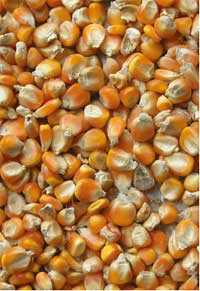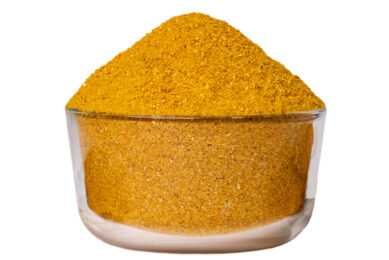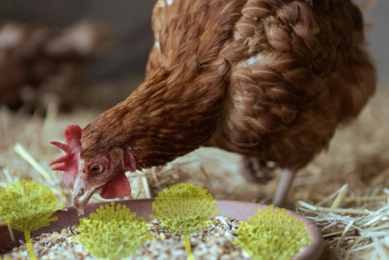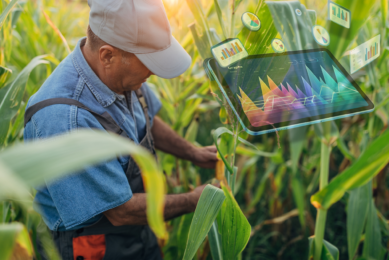Mycotoxins and DDGS – Should you worry?

Several mycotoxins can potentially be found in corn. However, the occurrence is dependent on unique environmental conditions that support the growth of specific fungi (moulds) that produce mycotoxins during plant growth. Luckily, mycotoxin contamination of corn is not an annual event throughout the United States.
When corn is used to make ethanol, about two thirds of the grain in the form of starch is fermented by yeast to make ethanol. The remaining corn co-product is distiller’s dried grains with solubles (DDGS). When mycotoxincontaminated corn is used, mycotoxins will not be found in the ethanol but will be found in the DDGS at a higher concentration than what was found in the contaminated corn before fermentation. In general, the mycotoxin concentration in DDGS will be 3 to 3.5 times more than the concentration in the corn.
During 2009 to 2011, DDGS samples were collected from eight ethanol plants in the Midwest and analysed for mycotoxins. The 2009 growing season had environmental conditions that were favourable for the occurrence of mycotoxins. Key findings for five types of mycotoxins are summarised below.
Aflatoxins (B1, B2, G1, and G2)
- Produced by Aspergillus flavus.
- Corn is susceptible to aflatoxin formation during growth under drought conditions or in high moisture storage.
- Not detected in most DDGS samples collected after 2009.
- Highest level in DDGS was <6 ug kg which is well below the fda action level.></6>
Deoxynivalenol (DON)
- Produced by Fusarium graminearum.
- Corn is susceptible to F. Graminearum growth when old infested residue from the previous growing season is left in the field and the environment is cold and moist.
- Detected in every DDGS sample with a range of 0.3 to 12.3 mg/kg.
- 12% of DDGS samples had a deoxynivalenol level higher than the FDA action level.
Fumonisins (B1, B2, and B3)
- Produced by Fusarium verticillioides.
- Environmental conditions necessary for the production of fumonisins are unknown.
- Detected in almost all DDGS samples with a range of not detected to 8.9 mg/kg.
- 6% of DDGS samples had a fumonisins level higher than the FDA action level.
T-2
- Produced by Fusarium sporotrichioides.
- Corn is susceptible to T-2 production when the humidity is increased with temperatures between 43 and 75°F (6-24°C).
- Not detected in DDGS samples.
Zearalenone (ZON)
- Produced by Fusarium graminearum.
- Corn is susceptible to Zearalenone when the growing conditions are moist and cool or the storage conditions are moist (>14% moisture).
- Detected in most DDGS samples with a range of not detected to 560 ug/kg.
- There is no FDA action level.
Based on the results of the survey, it looks like there is no need to worry about DDGS being a primary source of mycotoxins under normal growth conditions. DDGS is a great feedstuff to use to provide protein, in particular rumen undegradable protein, to cows when the price is right.
* Reference: Y. Zhang and J. Caupert, 2012. Survey of mycotoxins in US distiller’s dried grains with solubles from 2009 to 2011. Journal of Agricultural and Food Chemistry 60:539-543.
[Source: Mycotoxin Special]











